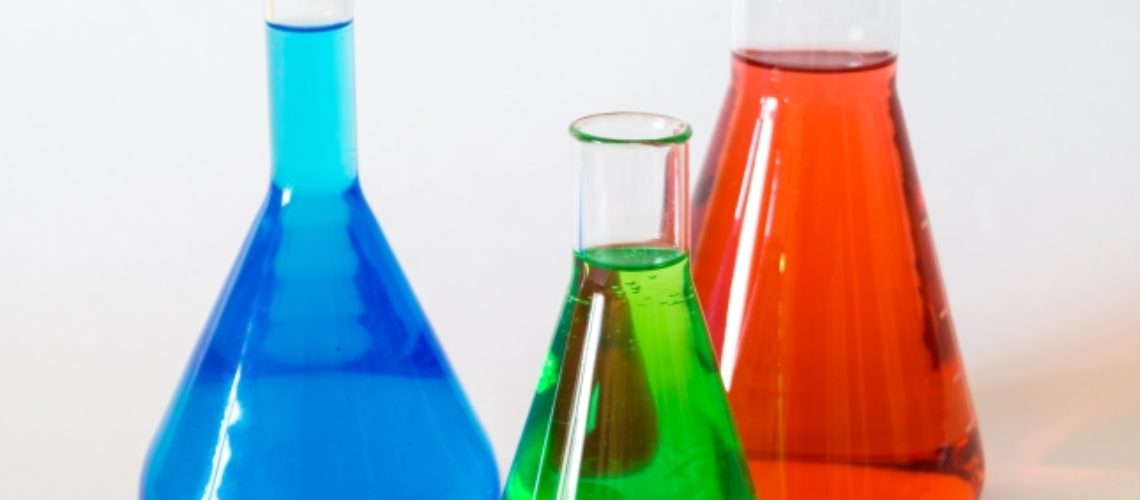DIY LAVA LAMP
This is such a fun and safe science experiment that you can do at home or in a classroom! It will surely impress the kids and is inexpensive! These Lava Lamp’s are so fascinating and easy to make for all ages! I could literally stare at them all day. Plus, they are learning about science, bonus!
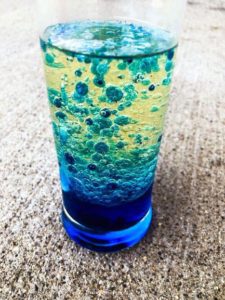
Getting Ready
Here are a few things you will need to get started.
- Printable Instructions (Members Only)*
- A tall glass or jar
- Water
- Vegetable Oil
- Food coloring of your choice
- Alka-Seltzer tablets
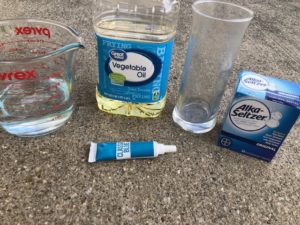
HOW TO MAKE A HOMEMADE LAVA LAMP
STEP 1: Once you have gathered your supplies, start your experiment by filling each empty jar about 3/4 of the way full with oil. You can experiment with more and less and see which one gives the best results. This is a great way to turn a science activity into an experiment. Make sure to record your results. How else could you change up this lava lamp experiment? What if you didn’t add oil? Or changed the water temperature?

STEP 2: Next, fill your jar the rest of the way with water until it gets to be about 2 inches from the top. Notice that the water sinks below the vegetable oil. Oil and water just do not mix. That’s because water is heavier than oil.
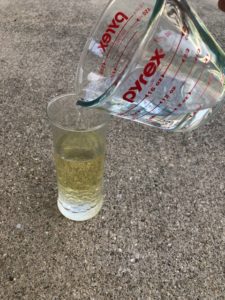

STEP 3: Add approximately 6 drops of food coloring into each jar and watch what happens. Kids love helping with these steps. Notice that the food coloring will only mix with the water, not the oil. Why?
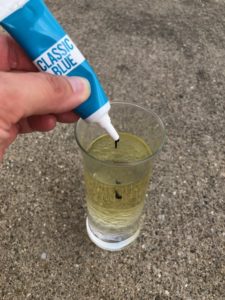
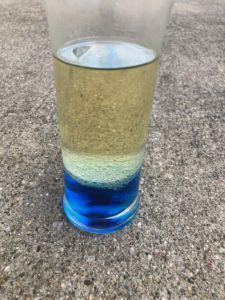
Now for the MAGIC!
STEP 4: Finally, break the Alka-Seltzer tablets into about 4 pieces and have your child/student drop in one piece at a time into each bottle and watch all the bubbles start up and float all around like a lava lamp. They will be mesmerized by the chemical reaction between the water and the Alka-Seltzer. If you use a water bottle, you can screw on the plastic cap and re-use few days later for fun. All you need to repeat the experiment is more Alka-Seltzer tablets!
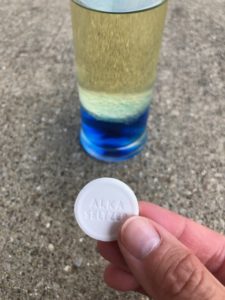
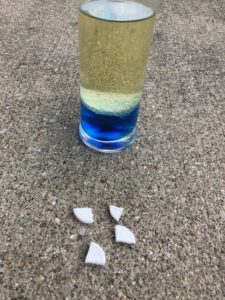
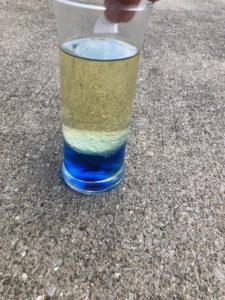
The kids loved it and the more bubbles, the more fun!
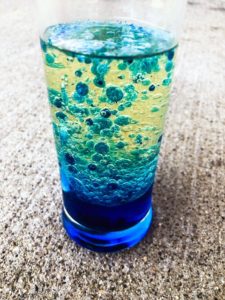
Let’s explore the Science behind this experiment:
A lava lamp works because of two different science principles, density and polarity.
- Density – how much space an object or substance takes up (its volume) in relation to the amount of matter in that object or substance (its mass). Another way to put it is that density is the amount of mass per unit of volume
You noticed that water and oil do not mix in this experiment. Water is more dense than oil, it will sink to the bottom when the two are put in the same container.
- Polarity – prevents the oil and water from mixing together.
Water molecules are polar and oil molecules are non-polar. This is why they don’t mix.
When the tablet and water combine they create a gas called carbon dioxide, which is all the bubbling you see. The water/gas combo is less dense than the oil, so they rise to the top of the jar. At the top, the gas bubbles pop and escape into the air, allowing the dense water to sink back to the bottom again. These bubbles carry the colored water to the top of the oil where they pop and the water falls back down. This gives you the perfect DIY Lava Lamp!
~written by, Katie Meeusen
abcteach team

